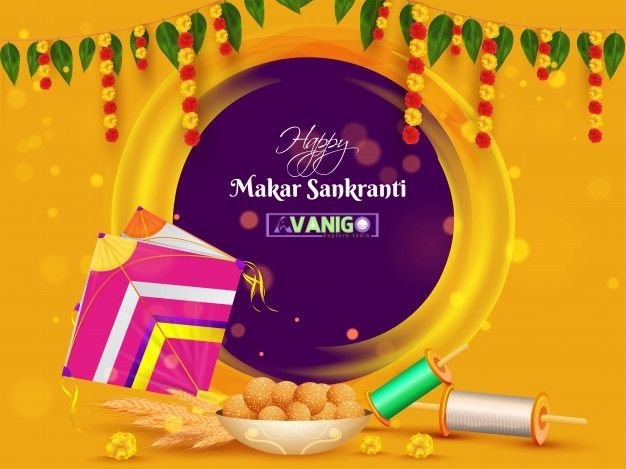Sankranti wishes to you all. India has always been a land of festivals. One can find fun and festivities throughout the year here. India is home to several religions. Be it any time of the year, festivals are always around the corner in India. The major festivals like Diwali, Dussehra, Holi, Christmas, Eid, Baisakhi are immensely popular. People across the length and breadth of India celebrate them. Thus, it is common for Indians to exchanges wishes such as Sankranti wishes, etc. to their near and dear during related festive season.
Quick Navigation
History of Sankranti
The festival of Sankranti is dedicated to Surya Deva or the Sun God. This festival is named Makar Sankranti because according to Hindu mythology it is on the day of Sankranti the Sun God or Lord Surya transits the 10th astronomical house of Capricorn or Makar. From this day the Sun begins its northward journey or ‘Uttarayan’ journey. The festival is also named ‘Uttarayan’.
When is Sankranti date?
Makar Sankranti also marks the beginning of the month of Magh which is the 11th month of the Hindu calendar. All major festivals in the Hindu religion are celebrated according to the lunar calendar. However, the festival of Makar Sankranti is celebrated as per the solar calendar. Thus, Makar Sankranti falls mostly on the same date every year. This makes it unique compared to other Indian festivals.
Makar Sankranti date falls on the 14th of January.
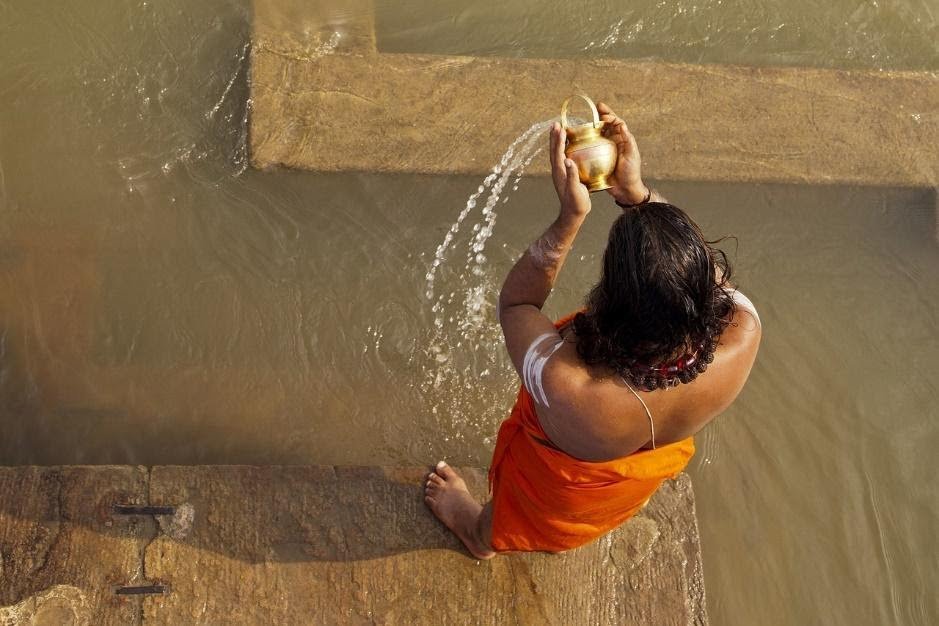
According to Hindu calendar, the festival marks the end of the winter season. The festival is synonymous with kite flying. This day we can see the sky filled with colorful kites. People hold many kite flying competitions at various places in India to mark the festive spirit.
Makar Sankranti and Kumbh Mela
Makar Sankranti is a festival of fairs. Sankranti wishes are exchanged with sweets, gifts and shopping. Many fairs are organized throughout the country on both big and small levels. The most revered of all fairs or Kumbh Mela is hosted during this festival. However, it is not an annual event rather it is hosted every 12 years. The Kumbh Mela is hosted at 4 different locations on rotation. The cities of Haridwar, Prayagraj, Ujjain, and Nasik are the 4 holy cities that host Kumbh Mela.
Also, a mini Kumbh is held annually at Prayagraj, the new name of the city Allahabad. This fair is also called Magha Mela. Prayagraj Kumbha Mela is renonwed as the largest pilgrimage gathering in the world.

Ganga Sagar Mela is another important mela related to Sankranti. It is held in West Bengal. This Mela takes place at the juncture of Ganges ands the Bay of Bengal. The Ganges delta is one of the largest deltas in the world and the largest in India. The legend says that this Mela is the most auspicious event for a Hindu person. Melas are originated to worship the rivers in India.
In the olden days, the journey to Sagar island was dangerous only a few could survive it. A saying which is synonymous with this place is “Saare Tirath Baar Baar, Ganga Sagar Ek Baar”. This is the kind of reputation this place carries.
What is Makar Sankranti called in different states of India?
Sankranti is an important festival for Indians. People all over India celebrate it on the 14th January every year. The whole country exchanges Sankranti wishes in some form though the festival name may differ from state to state.
- People in North India call this festival as ‘Makar Sankranti’.
- In the Western states of Punjab, Haryana, Himachal Pradesh, and Delhi the festival is popular by the name ‘Lohri’.
- In eastern parts of the country i.e. West Bengal and Assam, it is celebrated by the name of ‘Bihu’.
- In UP and Bihar, it is also called ‘Khichdi’.
- In Tamil Nadu, it is famous as ‘Pongal’.
- People in Maharashtra and Haryana call it as Maghi Sankrant.
- In West Bengal, the festival is called Poush sôngkrānti.
- Kashmiris call it as Shishur Saenkraat.
- Kannadigas call Sankranti as Suggi Habba.
- Gujaratis term this as Uttarayan.
The festival of Sankranti is not only celebrated in India but also in some South Asian countries, Nepal, Pakistan, Bangladesh, Sri Lanka, Singapore, and Malaysia.
How is Sankranti celebrated in different states of India?
As we know, Sankranti wishes and Happy Makar Sankranti vibes are all in the air during this season throughout India. People share Sankranti quotes, Sankranti wishes and happy makar Sankranti gifts and sweets to their families on this auspicious occasion.
Makar Sankranti is celebrated in various parts of India according to their traditions and customs as explained below:
Uttar Pradesh
The festival of Makar Sankranti is called Khichdi in the state of Uttar Pradesh. The Happy Makar Sankranti celebrations are marked with ritual bathing. The places considered to be sacred for bathing are Prayagraj and Varanasi.
The city of Haridwar also witnesses a large gathering of people for ritual bathing. The people who cannot travel to any of the places take baths and do Puja in their respective homes. Generally, people fast for the festival and eat after bathing.
The most commonly eaten sweets during this festival are made of Til (or sesame) and Jaggery. The people who follow this festival wear new clothes and exchange Sankranti wishes wholeheartedly. Another important event that is religiously observed during the festival in this state is Kite Flying.
Bihar and Jharkhand
The festival of Makar Sankranti is called Til Sankrant, Sankrant, or Khichdi in the states of Bihar and Jharkhand. This day is marked by people taking bath in rivers, ponds, and lakes. Kite flying does not take center stage in Bihar and Jharkhand. However, the day is celebrated with a Chura (flattened rice), Gur (jaggery), and Dahi (curd).
The people here celebrate Happy Makar Sankranti with many types of sweets made of til (sesame), the most famous of them being Tilkut. It is a very popular sweet dish made in this season and is widely eaten in this part of the country.
An ideal Makar Sankranti starts with the Dahi, Chura, and Gud. This dish is very popular especially in the region of North Bihar. The dish is savored all the year round in these parts and a few other pockets of Bihar and Jharkhand.
Along with the above-mentioned items things like milk, fruits and vegetables are also eaten on this day. Amongst all the fruits and vegetables that are served on this day Red Pumpkin or (Kohda) as it is called in this part of the country is a must serve.
The festival is also named Khichdi as it is religiously prepared for dinner on this day. A spicy dish is served along with Khichdi which consists of mashed vegetables with Brinjal as the main ingredient. This dish is a very common part of the local food and is referred to as ‘Chokha’. According to the local traditions, Khichdi is served along with 4 sides, ‘Chokha’, ‘Papad’, Ghee and Achar. Thus, Sankranti wishes are always accompanied with celebrating the festival with local cuisine in India.
West Bengal
Makar Sankranti is called Poush Sankranti in West Bengal. It is named Poush Sankranti as the festival is celebrated in the Bengali month of Poush. People of West Bengal also take a holy dip at sunrise to commence rituals for this day like all other parts of the country. Bengalis worship Goddess Lakshmi on this Happy Makar Sankranti day.
Ganga Sagar Mela is held annually in West Bengal. A 3-day festival is held in all parts of the state on the day of Makar Sankranti a day prior and a day later. They prepare ‘Pitha’, a sweet dish made from rice flour, coconut, milk, date palm jaggery. It is a custom for them to serve this Sankranti special dish while exchanging Sankranti wishes.
Assam
In Assam, this Happy Makar Sankranti festival is called Bihu. It is signed with the end of the harvesting season in the region. Makar Sankranti is also known as Magh Bihu in this part of the country as it is celebrated in the month of Magh.
In Assam, the festival is celebrated in a very unique style. The festival is marked with games, buffalo fighting, bonfires, and feasts. The game of pot breaking also known as Tekeli Bhonga is famous in this part of the country. A unique way of celebrating in Assam is that temporary huts are made which are called Meji and Bhelaghar.
People consume the festival delicacies in these huts and they burn the huts the next morning. The younger members of the family prepare these huts. On this festival, delicacies made of rice and sweets with coconut make their presence in the festive menu. People prepare different forms of rice cakes or Pitha as they call them, for eg. Shuga Pitha, Til Pitha. Their sweets are Laru or Laskara and form a compulsory part to exchange Sankranti wishes to friends and family.
Punjab
The Punjabis call it Maghi. The festival is marked with loud celebrations in this part of the country. Punjabis light lamps as an important ritual during this festival. Lighting lamps using sesame oil drives away all the evil according to Punjabis beliefs. They also take the festive bath before the sunrise as a tradition. As a part of the celebrations, they organize melas in various places across the state. Shri Mukhtar Sahib hosts the most famous fair. The delicacies prepared in this region include kheer, Khichdi, and Jaggery.
Also, a very significant part of this festive celebration is the observance of Lohri. Punjabis celebrate Lohri one day before Makar Sankranti. On this day, people gather in their neighborhoods and light bonfires and exchange Sankranti wishes.
There is a tradition to dance and sing around the fire in great spirit. People also throw sugar candies and sesame seeds in the fire as a part of this celebration. Generally, the people gather here till the fire is still lit.
Rajasthan
Makar Sankranti is also called Sakrat in Rajasthan. Family feasts or ‘Sankrant Bhoj’. In these celebrations, people gather and have fun at social gatherings. As per the unique rituals in this region, ladies give some objects to 13 married ladies. These objects can be any item like some cooked dish or any stuff used at home. The celebration of kite flying is followed here. The food that is prepared for this day includes Ghevar, Puwa, The specialty being Pheeni made of milk and sugar syrup.
Makar Sankranti is known as Makara Chaula in Odisha. This eastern state in India is famous for its religious destinations. Devotees visit the famous Sun temple of Konark during Sankranti as it is the festival of the Sun God. The Konark Sun temple comes to life during Sankranti celebrations.
Special rituals take place in temples all over the state especially in the much-famed Lord Jagannath temple of Puri. The festival accompanies great fanfare in tribal districts of the state which includes singing, dancing, eating, and lighting bonfires.
In Dhabaleswar, Cuttack a special fair is held during this period. The festival marks the beginning of Odia new year. People exchange Sankranti wishes and spend time in fun and happiness.
The delicacies that are savored in this festival are made of rice, coconut, banana, and jaggery. Sweet dishes prepared on this day include rasgulla and Chena puddings.
The festival of Makar Sankranti is no different in the hills. People here display same fervor and enthusiasm. They take baths and observe the Puja ceremony in temples and also in their homes.
In Shimla, people celebrate Sankranti with name Magha Saaji. Saajhi is the local term for Sankranti. The locals believe that from this day migratory birds start their journey back to the hills. The symbolic change in weather is the reason for the migration of these birds. The celebrations include singing and dancing just like other states.
Besides, people enjoy Naati or the local folk dance. They exchange Sankranti wishes and special dishes prepared in this festival are Khichdi with a combination of ghee and chaas.
Delhi
People in Delhi and adjoining areas call this festival as Sakraat. Haryana, Delhi, and parts of Western UP also celebrates this festival in a similar way owing to the geographical proximity in these places.
The festivities include taking a dip in the holy Yamuna or other sacred water bodies. Others take an early bath at their place to start with. The gifting starts with brothers gifting delicacies and clothing to their married sisters. This is called ‘Sindhara’.
Married women follow a similar gifting ritual for their in-laws and this is called ‘Manana’. The delicacies in this part of the country include local specialties like churma, kheer, halwa.
Seasonal specialties like laddoos and chikki prepared from sesame seeds. This is completely prepared using ghee. The celebrations do not end without Sankranti wishes and singing and dancing to traditional songs.
Gujarat
The vibrant state of Gujarat celebrates this festival in a very grand style. Gujaratis call this festival of Makar Sankranti as Uttarayan. The celebration is a 2-day affair for the local populace.
The first day is Uttarayan which generally is on 14th January every year. The second day is Vasi-Uttarayan on 15th January. Kite flying takes center stage for the Gujaratis. This event is organized on an international scale.
Ahmedabad hosts the prestigious event in Sabarmati river bank. You can see Sankranti wishes coming to life here and witness the sky filled with a colorful and beautiful kite of all shapes, colors, and sizes. The sight of the sky is a vision to behold.
The delicacies include a special dish called Undhiyu. The dish is a preparation of local vegetables cooked in a special preparation. It is savored throughout the state. Other sweet indulgences include sweets made of sesame seeds, peanuts, and jaggery.
An interesting fact about kite flying is that it is a custom of shouting the words ‘Kaipoche’ when you cut any kite. Some other words used while cutting kites are ‘E Lapet’, ‘Phirki vet Phirki’.
Makar Sankranti is popularly known as ‘Uttarayani’, ‘Khichdi Sangrand’, and other names. It is believed that from this day onwards migratory birds start their journey back to the hills.
A very grand fair is organized in the town of Bageshwar called ‘Uttarayani mela’. This fair is held annually in January with much fanfare. The local tradition is to take a holy dip at the confluence of Saryu and Gomati.
Later people offer water to Lord Shiva at Bagnath temple. Some very religious people continue it for subsequent days and term it as ‘Trimaghi’.
The delicacies are sweets made of jaggery and flour. A special Khichdi is also prepared for giving to the needy. A festival called Kala Kauwa is celebrated in which people make ‘Ghughuti’. The sweets are prepared in different shapes and served to near and dear along with heartiest Sankranti wishes. The sweets are then fed to crows and other birds on the day of Makar Sankranti.
Related: Why Rangolis are Important as Per Hinduism
Karnataka
In the southern state of Karnataka, the festival of Makar Sankranti is called Suggi Habba or Makar Sankramana. It is a very popular festival in this part of the country and is celebrated with vigor and enthusiasm.
The traditions followed in Karnataka are unique. One of the traditions includes that a married girl needs to give 5 bananas to the other 5 married women or ‘Muthaide’. This number keeps increasing in multiples of 5 every year. This offering of bananas is done along with red berries and sugarcane called ‘Yal Chi Kai’.
Other things that are exchanged among ladies include Haldi and Kumkum. Other activities that are carried out are drawing of Rangoli. Kite flying which is a common and celebrated part of this festival also finds its place in this south Indian state of Karnataka specially observed in Northern Karnataka.
Another tradition of Karnataka is that cows are painted and decorated in colorful costumes. They then participate in a procession in open fields. This ritual is also called ‘Kichchu Haayisuvudu’.
Andhra Pradesh and Telangana
The states of Andhra Pradesh and Telangana celebrate Makar Sankranti as a 4-day affair. The days are Bhogi, Makar Sankranti, Kanuma, and Mukkanuma on 13th, 14th, 15th, and 16th January respectively. Gobbemma is the main part of rangoli in Sankranti. It is made of dung and is decorated with flowers and vermilion and turmeric. Haridas and Gangireddu are added attractions of Sankranti in Telugu states.
The first day is Bhogi, on this day people light a bonfire and burn their old and used articles including clothes, household things, and even furniture. This tradition signifies let go of old feelings and inculcating a renewed spirit for the new year.
The second day is Makar Sankranti. On this day people draw Makara Sankranti Rangoli Designs, dress up in new clothes, and offer prayers to God. The traditional food is presented to ancestors.
The delicacies include a special vegetable called ‘dappalam’ that is prepared from pumpkin and other seasonal vegetables. The vegetable is given as an offering to the gods. Sweets made on this day are mainly made from rice flour and jaggery called ‘Appalu’.
Day 3 of the festival is ‘Kanuma’. This day is dedicated to respecting and praying for the cattle. Cattle are symbolic of prosperity. Farmers have a sentimental value attached to this day as it is related to cattle. The girls are given the task to feed the cattle as per the local tradition. Other animals that are offered food are birds and fish.
The last day of the festival is called Mukkanuma. This day is marked by singing songs to Lord Vishnu. On this day the natural elements like soil, rain, and fire are prayed by farmers. On this day non vegetarian food is eaten with members of family and friends as part of the celebration and Sankranti wishes exchange. Kite flying is also a part of the celebration on this day.
Bommalakolu is an important part of Sankranti celebrations in Telugu states. It is a custom to arrange wooden toys, handmade toys and other toys that reflect the Indian culture and epics on arranged platform. Girls and women gather together and sing songs and narrate stories. It is a fun filled event.
Maharashtra
The festival of Makar Sankranti is widely celebrated in Maharashtra. A unique part of the local tradition is that married ladies have to wear black clothes. The significance of wearing black is that it provides warmth to the body.
The delicacies prepared in this festival are mostly sweets made of sweet and jaggery. The sweets are distributed amongst friends and family. The traditional lines that are used in this region are ‘til gul ghya god god bola’. It means to eat the sweet made of sesame and jaggery and speak sweet words. These lines are religiously told while distributing sweets.
Tamil Nadu
The festival is celebrated in the state for 4 days. Makar Sankranti is famous by the name of Pongal in Tamil Nadu. The celebrations are in the lines of the way it is celebrated in 4 days in the state Andhra Pradesh and Telangana. ‘Jallikattu’ is a famous event in this region. It is an event in which a contest is held for taming the wild bulls. Traditionally, music festivals are popular during the month of Marghazi and Pongal in Tamil nadu.
Why Sankranti is called as Harvest Festival?
The festival of Makar Sankranti is popular as the harvest festival. This day marks the culmination of the long winter season and the commencement of summers. This is time of harvest of the Kharif crops. The day is symbolic to express gratitude to nature. Thus, people come out and celebrate together.
Sankranti is also called as the harvest festival because it is symbolic that the sun is back and farmers can now be ready for a new harvest.
Importance of Sankranti Festival according to Hindu Mythology
Every festival is celebrated because of a legend attached to it and the Makar Sankranti festival is no exception. However, there is more than one story about the festival of harvest.
According to a belief, it is the story about Sun God and Lord Shani. Lord Shani is the son of Lord Surya. The relations between them were not very cordial. However, on this day Lord Surya decides to pay a visit to his son, and the hostility between their relations ends. The story signifies the beginning of happiness and warmth in relations.
Another legendary belief is that Sankranti was a deity. Sankranti had executed the devil named Sankrasur. The day before Makar Sankranti is called Karidin or Kinkrant. On this, the deity Sankranti killed the devil Kinkarasur.
On this day Lord Vishnu executed and buried the devils under Mandara Parvat. This legend signifies the victory of good over evil.
Another popular belief is that in Mahabharata, Bhishma Pitamah had a boon of staying immortal. However, he could choose the day of his death himself. The iconic Bhishma Pitamah chose to sacrifice his immortal life on this day and proceed to Baikunth or heaven. Thus the day of Uttarayan or Makar Sankranti is signified as a pure day. According to Indian philosophy, any soul which dies on this day would attain ‘Moksha’.
Kite flying is synonymous with the festival of Makar Sankranti. We know that the festival marks the end of the winter season and the beginning of summers. People of all ages and all sections of society take part in Kite Flying. This reflects the festive spirit and brings a sense of togetherness.
A few places organize kite flying competitions on a local level. This encourages more and more people to step out of their homes and socialize with others. Some of the cities organize the kite flying competition on a larger scale.
Gujarat and Rajasthan host kite festivals on an international level at Sabarmati river bank in Ahmedabad and Jaipur polo ground in Jaipur. This kite festival lasts for 2 days in Ahmedabad and 3 days in Jaipur.
Participants from all over the world take part in the event. In Ahmedabad, days before the event the market glows with kites and kite flying accessories. A market in central Ahmedabad called ‘Patang Bazaar’ runs 24/7 to cater to the competition. Kite flying is a beautiful sight. One can see the colorful kites of all shapes and sizes flying high in the sky on this day.
As we all know the sun’s rays have healing properties. Sun provides Vitamin-D which is very essential for our body and it heals us from certain skin irritations which associate with winters.
Sankranti Quotes and Wishes
1. May you always shine like the Sun and be blessed by the Sun God himself on the occasion of Sankranti. Wishing you and your family a Happy Sankranti.
2. Wishing you a prosperous year ahead. May you fly higher than the kites in the sky. Have a Happy Sankranti.
3. Wishing you a new direction in your journey of life just like the Sun God.
4. May the fire of Sankranti burn all the negativity inside you and bring out warmth, happiness, and prosperity. Here is wishing you and your family a very Happy Makar Sankranti and a great year ahead.
5. Wishing you and your family happiness and sweet surprises for the new year ahead.
6. May the rising Sun bring hope and light and brighten your life. Wish you a very joyous Makar Sankranti.
7. May you fly as high as the kites in the sky. Here is wishing you and your family a healthy and prosperous new year ahead.
8. May you be rejuvenated with new thoughts and abundant energy on this Makar Sankranti. Wishing you a wonderful year ahead on this festival of the new harvest.
9. My heartfelt wishes for your entire family. May you have a happy and blessed Makar Sankranti.
10. May Goddess Lakshmi bless you with prosperity wishing you a very happy Makar Sankranti.
11. May your life be full of colors like the colors of the kites in the sky. Wishing you a very Happy Makar Sankranti.
12. Wishing you lots of love and Happy Makar Sankranti/
13. May the festivities be filled with sweet surprises and prosperity. Have a blessed Makar Sankranti.
14. I wish that the vibrancy and color of the festive season brighten up your life. Wishing your entire family a Happy Makar Sankranti.
15. Warm wishes for your entire family on Makar Sankranti.
16. May the festivity garner new hope and harvest inside you, Happy Makar Sankranti to your entire family.
17. Wishing you celebrations for today and a lifetime, May your happiness last forever. Happy Makar Sankranti.
18. This Makar Sankranti may all your dreams come true and you achieve new heights of success. Happy Sankranti.
19. May the fire of Sankranti spread happiness and peace in the atmosphere. Wishing you a very joyous Makar Sankranti.
20. We are entering the new year with this auspicious festival of Makar Sankranti, may we all prosper.
21. Let’s gather together and celebrate the festival of Makar Sankranti with high zeal and enthusiasm. Happy Makar Sankranti to everyone.
22. Sending you love as sweet as chikki and gajak on the special occasion of Makar Sankranti.
23. May you succeed in life and reach the sky heights as your kite on Makar Sankranti.
24. May lord Ganesha shower strength and long life upon this auspicious day of Sankranti.
25. May this Makar Sankranti bring colors in your life as bright as the kites we fly.
26. Wishing you and your family a colorful Makar Sankranti full of kite flying and sweets.
27. I miss you brother, as I miss our childhood on this special day of Makar Sankranti while I look at the beautiful kites flying high in the sky.
28. Wishing you warm wishes as warm as the summer’s coming with Makar Sankranti today.
29. My heart melts by remembering your warmth on this special occasion of Makar Sankranti.
30. Sending you the heartiest wishes of Makar Sankranti with some black sesame and jaggery to keep you warm and prosperous in the coming year.
Sankranti Rangoli Designs (with dots)
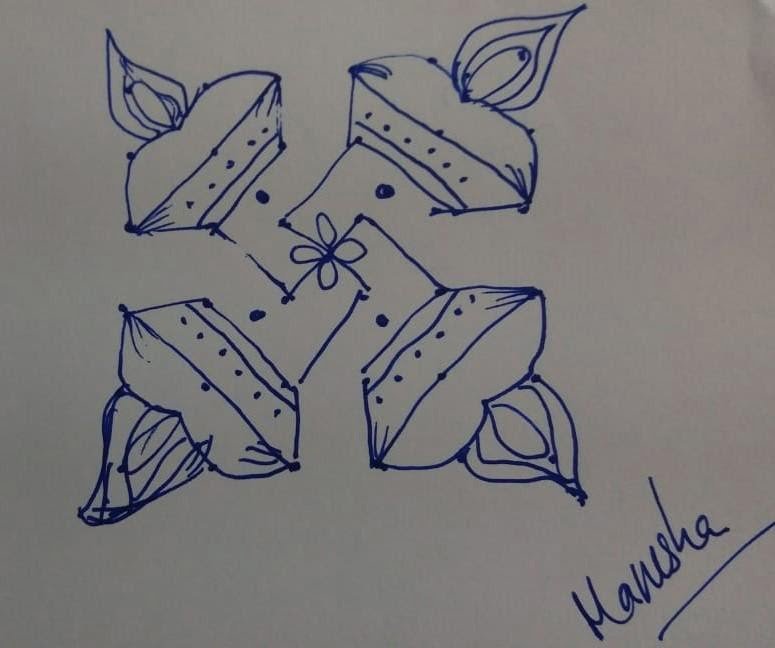
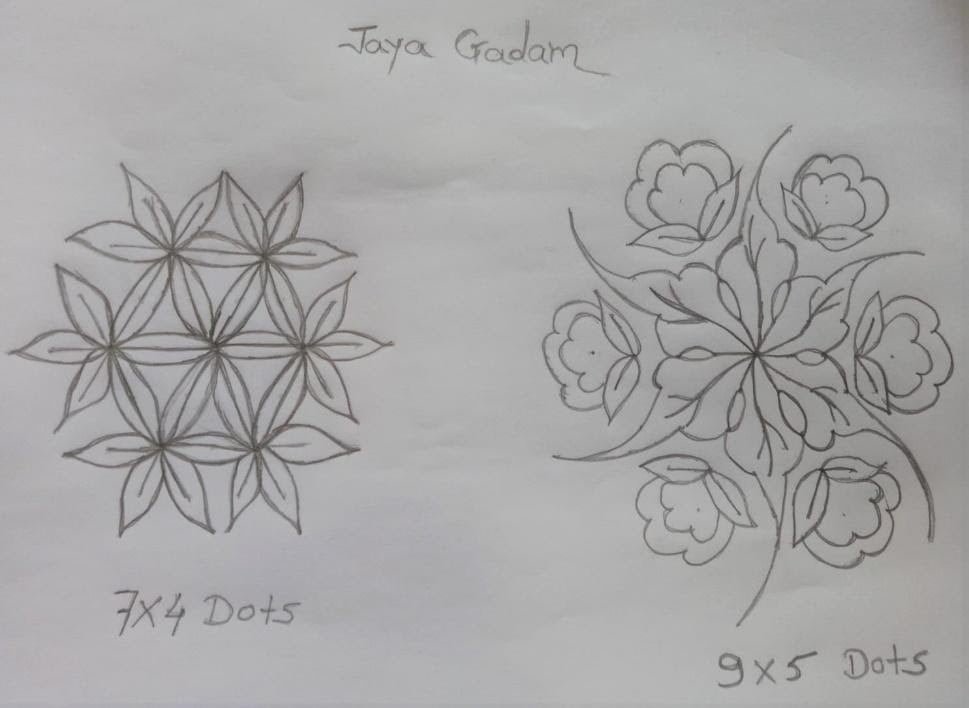
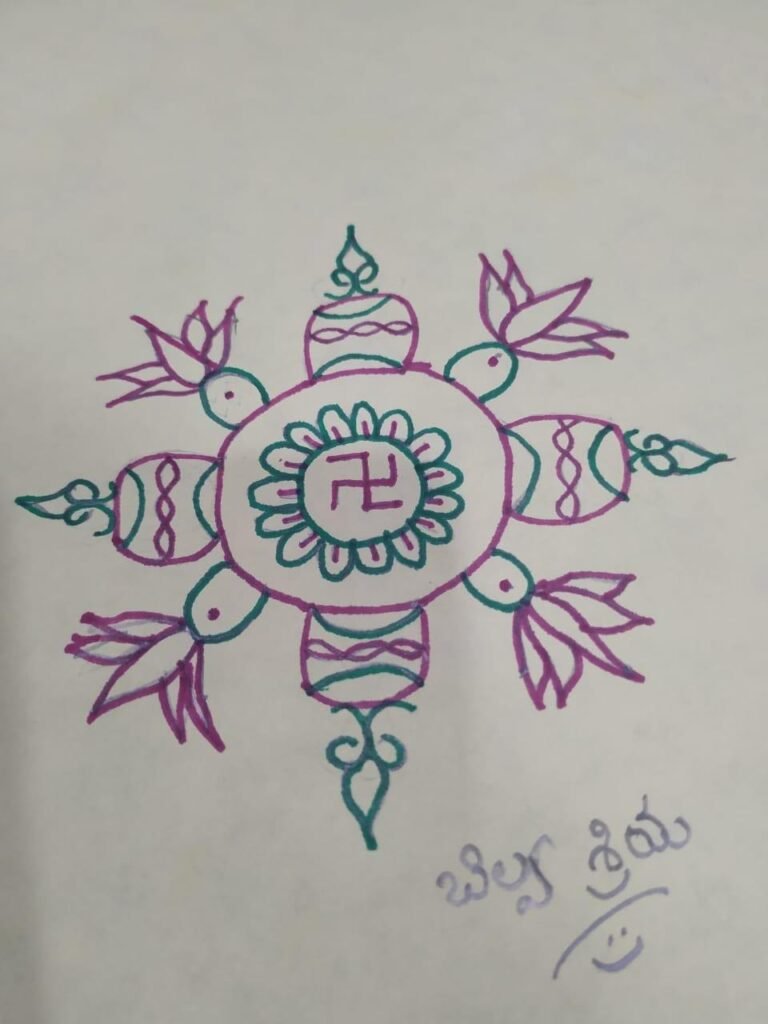
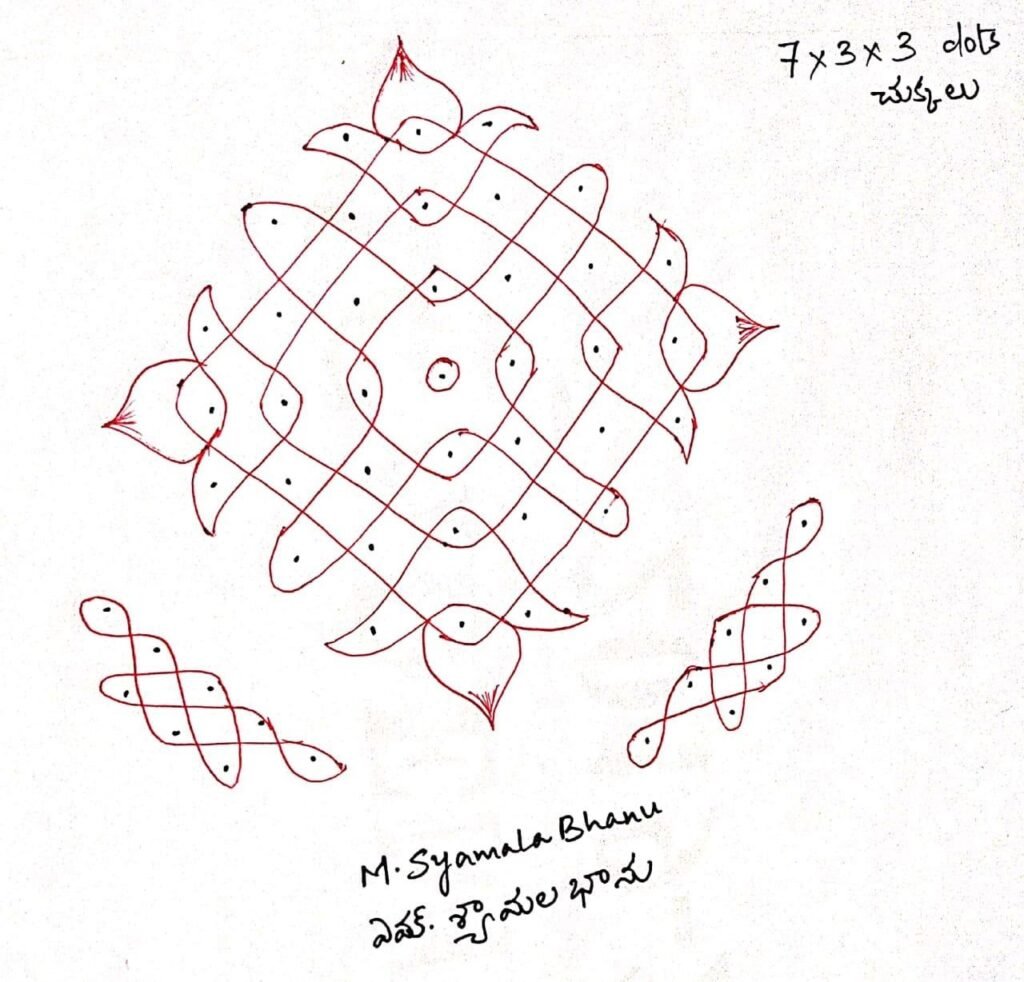
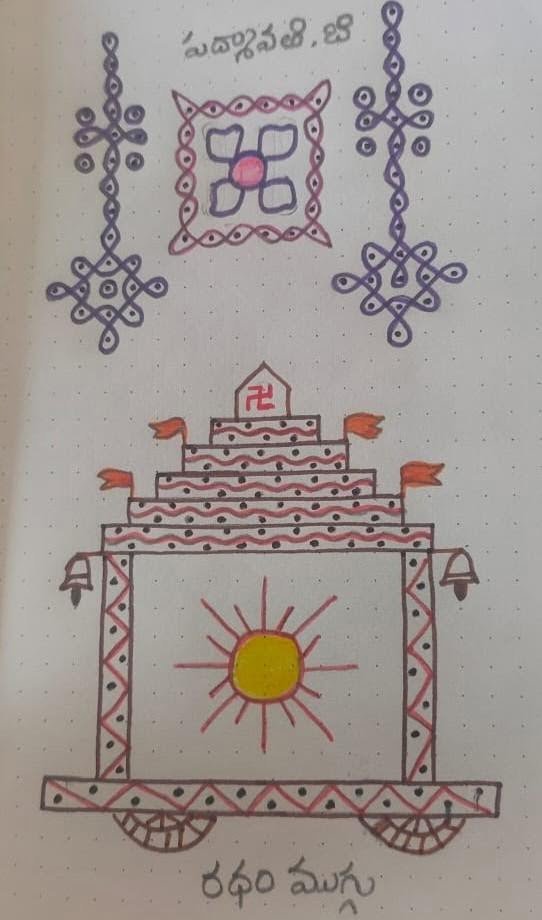
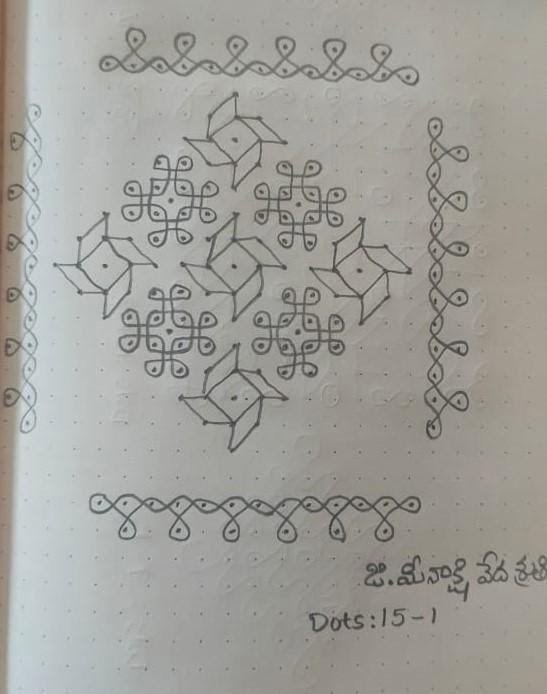


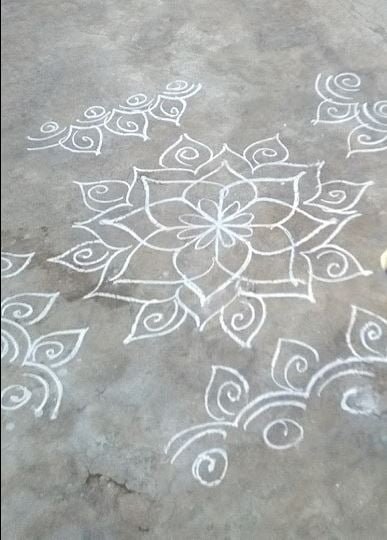


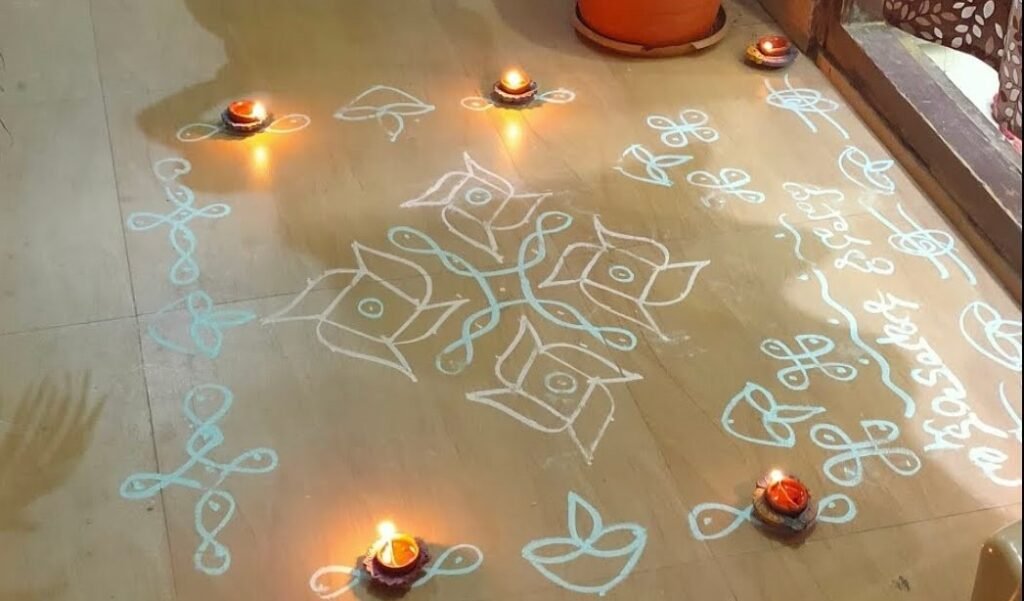
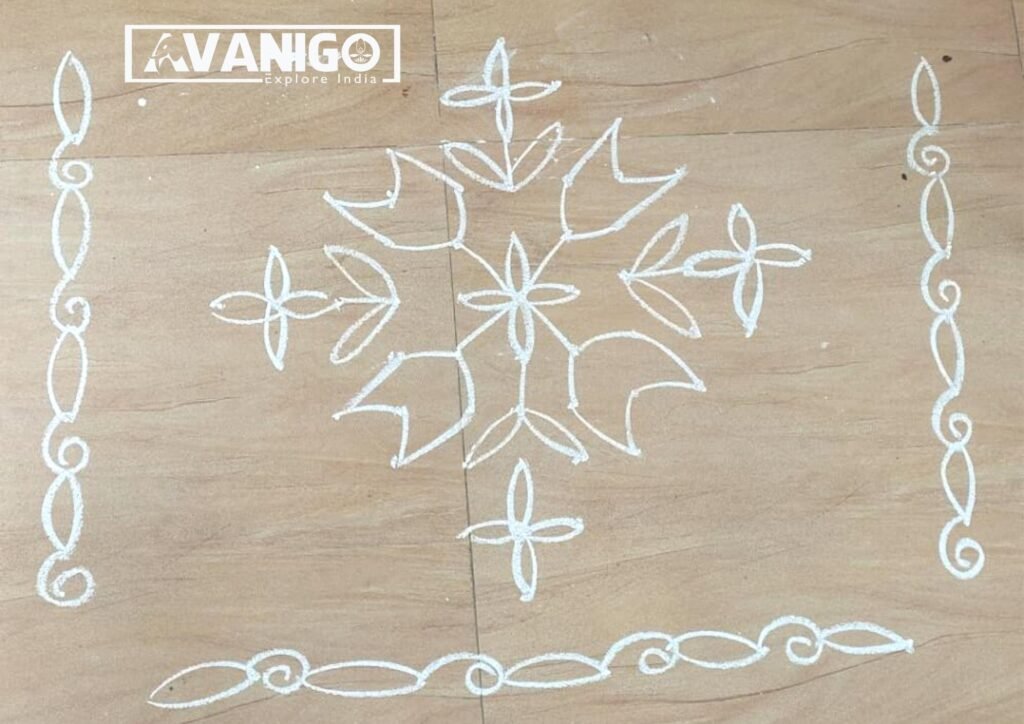
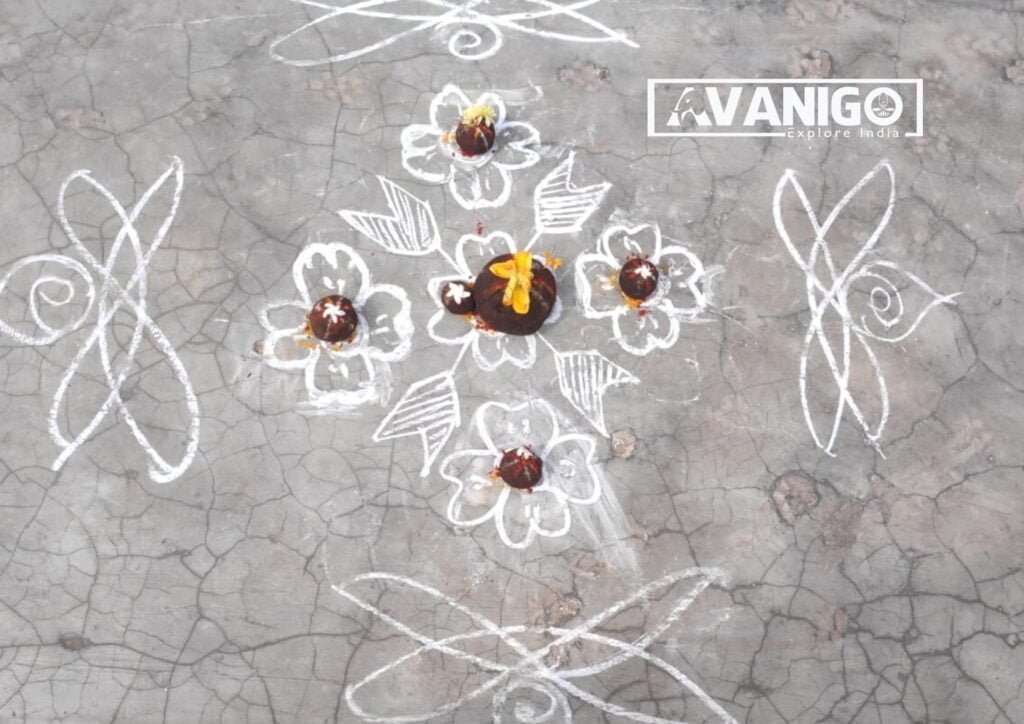

All these images are proprietary of AvaniGo. Please feel free to use these designs to adorn your homes and house fronts, but do not reproduce the images on your websites as they are copyrighted.
At AvaniGo, we are passionate about India and its mesmerizing culture. We intend to share the greatness of Indian culture through our articles. To learn more about us and contribute to our website, email us at hello@avanigo.com.

